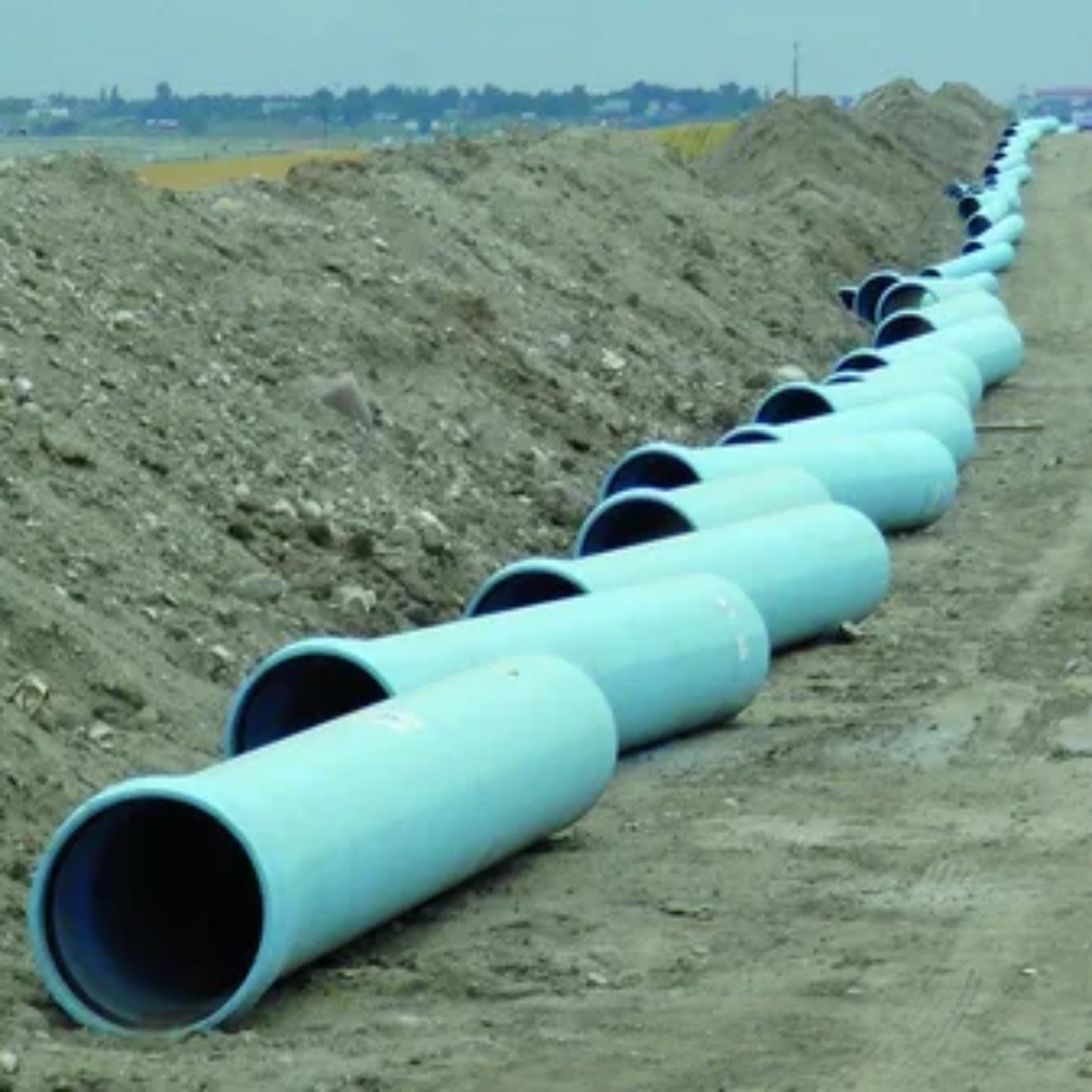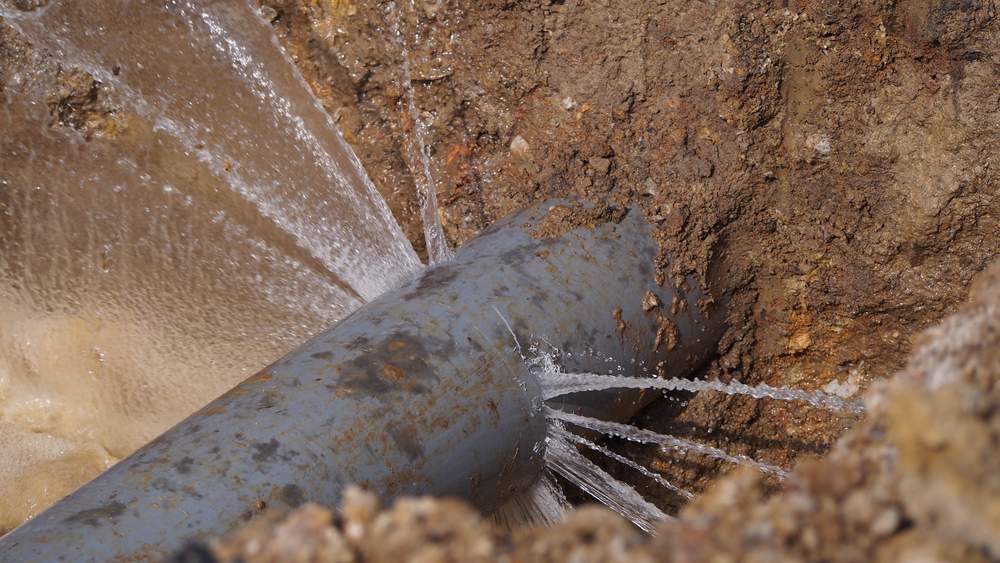Thermoplastic pipe liners are widely used by multiple firms all over the world. They are known for their durability and resistance against corrosion. These pipe liners come with low installation costs and remarkable reliability.
Several industry standards and regulations are followed to ensure thermoplastic pipe liners are safe and of high quality. The thermoplastic pipeline material properties, design, thermoplastic installation, testing, and maintenance of thermoplastic pipe liners are covered by ASTM, ISO, API, NSF International, and others. While if the TPL is not compliant with the standards it will result in downtime or financial loss.
Here we’ll discuss a few of these industry regulations and standards for thermoplastic liners along with their importance. So, without wasting any time, let’s start the topic.
General Service Conditions For TPL
The planned service conditions for each project, including the anticipated normal operating conditions and potential operating upset circumstances, must be thoroughly understood to properly build lined pipelines.
To provide technical advice and input based on their product installation needs, prior experiences, and shown capabilities, liner installation businesses should be approached at various stages of the design process.
- Service fluid composition and any fluid changes anticipated over life are some important design criteria that must be taken into account in terms of initial and future forecasted operation.
- The operating pressure range, which includes the pressure cycles’ amplitude and frequency, starts and stops, etc.
- Temperature swings, maximum operational temperature.
Applications Of Thermoplastic Pipe Liner
Various pipeline services are carried out with HDPE liners in the oil and natural gas production industry. Applications include:
- Pipelines for injecting or disposing of oilfield water.
- Pipelines for gathering and producing natural gas.
- Multiphase fluid pipelines for oil, natural gas, and water.
A pipeline operator usually considers and installs HDPE liners as a longer-term operating benefit. As steel and HDPE prices fluctuate and the market conditions vary, initial installation costs may vary from project to project. A primary consideration is a potential to reduce operating costs regardless of material and installation costs.
Principle Behind Thermoplastic Piping
Principles underlying thermoplastic linings for untreated wellhead fluids, particularly in subsea applications. It is identified that gas pressure build-up in the annulus of pipe linings and lining swelling are the main sources of load on linings.
It is not straightforward to dissipate the former. An analysis of the possible effects of annulus pressure is conducted under a variety of situations. Consideration is given to the implications for system design. Performance is also affected by lining swell.
Standards For Renovations Using Plastic Piping
Efforts should be made to comply with ISO standards for all rehabilitation works on polyethylene liner pipes. Plastic piping system renovations are governed by four System Standards:
- The ISO 11296 Standard applies to plastic piping systems for the renovation of underground drainage and sewerage systems.
- A plastic piping system for renovating underground drainage and sewerage networks under pressure following ISO 11297.
- The standard ISO 11298 describes piping systems made of plastic for the renovation of underground water supply networks.
- The ISO 11299 standard describes plastic pipes for renovating underground gas supply networks.
Codes Relating to Thermoplastic Piping
Codes specify the minimum acceptable level of quality and performance for plumbing components. The purpose of a code is to protect the health and safety of the public by regulating the practice, design, and installation of plumbing.
In general, a model code is a set of recommendations concerning the practice, design, and installation of plumbing presented in a format that facilitates regulatory adoption. In the United States, the following are the principal model codes and sponsors:
The Southern Standard Plumbing Code (SSPC) is issued by the Southern Building Code Congress (SBCC).
BOCA’s Basic Plumbing Code (BPC) can be found at the building official’s and code administrator’s international, inc.
A Uniform Plumbing Code (UPC) is established by the International Association of Plumbing and Mechanical Officials (IAPMO).
Care In Supporting Plastic Pipe
The plastic pipe needs to be supported carefully due to its tendency to deflect with increased temperature, as in domestic hot water systems. Inappropriate materials or inappropriate applications may cause problems with dimensional stability under intermittent thermal loading over time. Thermal loading may result in expansion, contraction, and long-term dimensional changes in the plastic pipe if it is not adequately supported and adequately accommodated.
Importance of Adhering to Industry Regulations and Standards For Thermoplastic Pipe Liner
Minimum danger: We need to follow these regulations and standards that govern thermoplastic pipe liners to avoid potential risks and dangers.
Environmental Protection: Regulations and standards protect the environment from pollution and other harmful activities. Noncompliance can result in fines, legal action, and damage to the environment.
Maximum efficiency: When thermoplastic pipe liners are installed according to industry standards, it will reduce the installation cost. This, in turn, will maximize the efficiency of the system.
FAQs
What is the ASTM standard for plastic pipes?
A wide range of industrial, commercial, and residential piping systems can be satisfied with the ASTM D1785 Standard Specification for PolyVinyl Chloride (PVC) Plastic Pipe, Schedules 40, 80, and 120. Water distribution and irrigation pipes are covered by ASTM D1785.
ASTM D2321: What does it mean?
DWV systems use the Standard Practice for Underground Installation of Thermoplastic Pipe for Sewers and Other Gravity-Flow Applications, which can be confusing to follow.
What is ANSI vs ISO piping?
In the ISO standard, wall thicknesses have been densely divided with small steps between thicknesses, whereas in the ANSI standard, there are three or four wall thicknesses (schedules) for each pipe size.
What is API in the pipe?
American Petroleum Institute (API) defines the standard for the dimensions, and physical, mechanical, and chemical properties of steel in API 5L, a specification for line pipes.
Conclusion
When it comes to a sustainable solution, thermoplastic pipe liner ranks top on the list of many experts. They are commonly used in sewage systems, gas supplies, and, water distribution.
If the industry adheres to regulations and standards, it will ultimately help to prevent any damage to the non-compliance item. A certified product and trained professional are essential when installing thermoplastic pipe liners. This will ensure a suitable environment for all.


